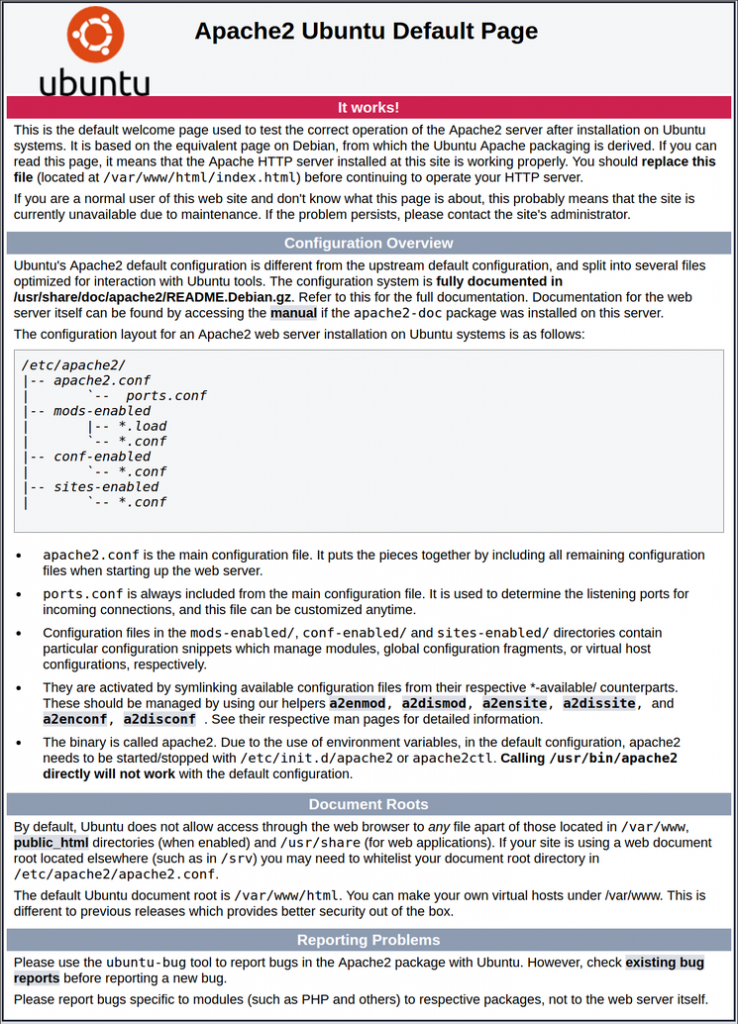

- How to install cacti on ubuntu server 14.04 update#
- How to install cacti on ubuntu server 14.04 password#
We are using VIM: # vim config.phpĪfter you edit the file and modify the database parameters, the section should look like this: // Database configĮnter the following command to setup the MySQL database and insert the database default file schema. Using your favorite text editor, modify the database configuration parameters with the ones created previously. Next, enter the observium directory and copy the file to a config.php one. Unpack the installation archive: # tar zxvf Run: # apt-get install libapache2-mod-php5 php5-cli php5-mysql php5-gd php5-mcrypt php5-json php-pear snmp fping python-mysqldb rrdtool subversion whois mtr-tiny ipmitool graphviz imagemagickĬreate a directory called observium in /opt: # mkdir -p /opt/observium & cd /optĭownload the latest Observium version: # wget To proceed with the installation, you need to install some much needed packages. Later you will use these credentials in the Observium config.php file. With the above MySQL commands you created a database called observium with an all privileged user obsuser assigned to it. Mysql> grant all privileges on observium.* to identified by 'your_password' Login to your MySQL service as root: # mysql -u root -p Next thing you need to do is to create a database.
How to install cacti on ubuntu server 14.04 password#
So, you set the MySQL root password to your liking. Remove test database and access to it? y Now run the post-installation script ‘mysql_secure_installation’ in order to set a root password: # mysql_secure_installation Enter the following command: # apt-get install mysql-server mysql-client Install MySQL so you can create the database needed.
How to install cacti on ubuntu server 14.04 update#
Make sure your server is fully up to date using: # apt-get update & apt-get upgrade

We will be using our SSD 1 Linux VPS Hosting plan for this tutorial. The first one is released on a 6 month cycle, the second one is released with additional features, rapid bug fixes and feature improvements on a daily basis and an easy to use SVN-based update mechanism.

Observium comes in two editions, an Open Source “Community Edition” and a “Subscription Edition”. Observium makes heavy use of the RRDtool package and has a number of simple core design goals such as minimum interaction, maximum automation and maximum accessibility of information. It collects data from devices using SNMP which you can check via it’s web interface. Observium is a PHP/MySQL-based network observation and monitoring system which supports a wide range of hardware platforms and operating systems including Cisco, Windows, Linux, HP, Juniper, Dell, FreeBSD, Brocade, Netscaler, NetApp and many more. In this tutorial we will cover the steps needed for installing Observium on an Ubuntu 14.04 VPS.


 0 kommentar(er)
0 kommentar(er)
